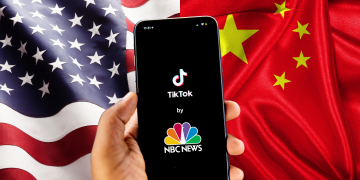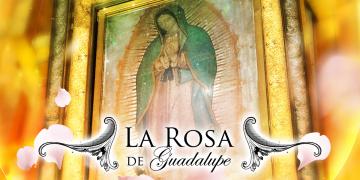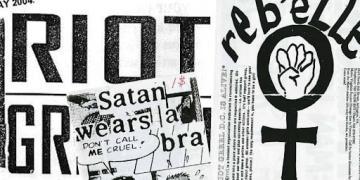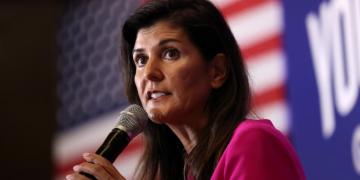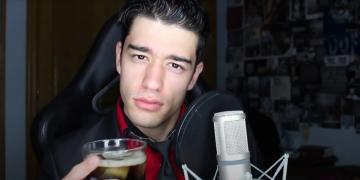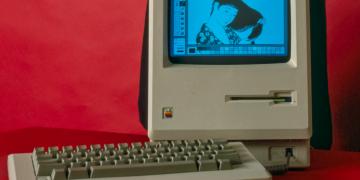Check our wiki on this topic
Social Media
Wiki
Social Media is “a group of Internet-based applications that build on the ideological and technological foundations of Web 2.0, and that allow the creation and exchange of User Generated Content” (Kaplan & Haenlein, 2010).
Multimodality
Wiki
Multimodality is frequently characterized as either the interaction among semiotic modes or the integration of semiotic modes or resources (Poulsen, 2014). It approaches comprehending communication and representation to be more than about language.
Agency in Children's Literature
Wiki
Agency in children's literature refers to the empowerment and independence of children's characters. It involves portraying children as active participants in their own lives, capable of making choices, influencing their surroundings, and shaping their destinies.
Transmedia Storytelling
Wiki
Transmedia Storytelling is a concept that explains the distribution of media content across multiple media platforms. In a multi-layered media landscape, content is no longer confined to one medium, but rather works across media boundaries.
Canon
Wiki
The term canon, or canonicity, describes the rules of what is presented as true and what has happened within an imaginary world.
Audience Labour
Wiki
likes, shares, clicks, comments, views, posts, only data to gain more visibility in the hybrid media system (Maly, 2020)
Junk News
Wiki
Junk news is news that is consumed and goes viral not because it is relevant or appreciated, but because it is addictive (Venturini, 2019).
Media Frames
Wiki
Media frames in the context of mass-media communication refers to the way interpretations of a message are encouraged or discouraged. It was first introduced by Erving Goffman in 1974 through his book, ‘Frame Analysis’.
Hyperlinks
Wiki
Hyperlinks are links from one hypertext document to another and usually consist of a highlighted word, phrase, or image. The term was used and elaborated on by Juliette De Maeyer in her article, 'Towards a hyperlinked society: A critical review of link studies'.
Multimodal Discourse Analysis
Wiki
Multimodal discourse analysis is a method that takes into account multiple modes of communication and how they interact with one another.
Frame
Wiki
A frame is a set of meaningful signs connected to specific types of social action. Together they create a 'logic' of action and make the action understandable for those involved in it.


